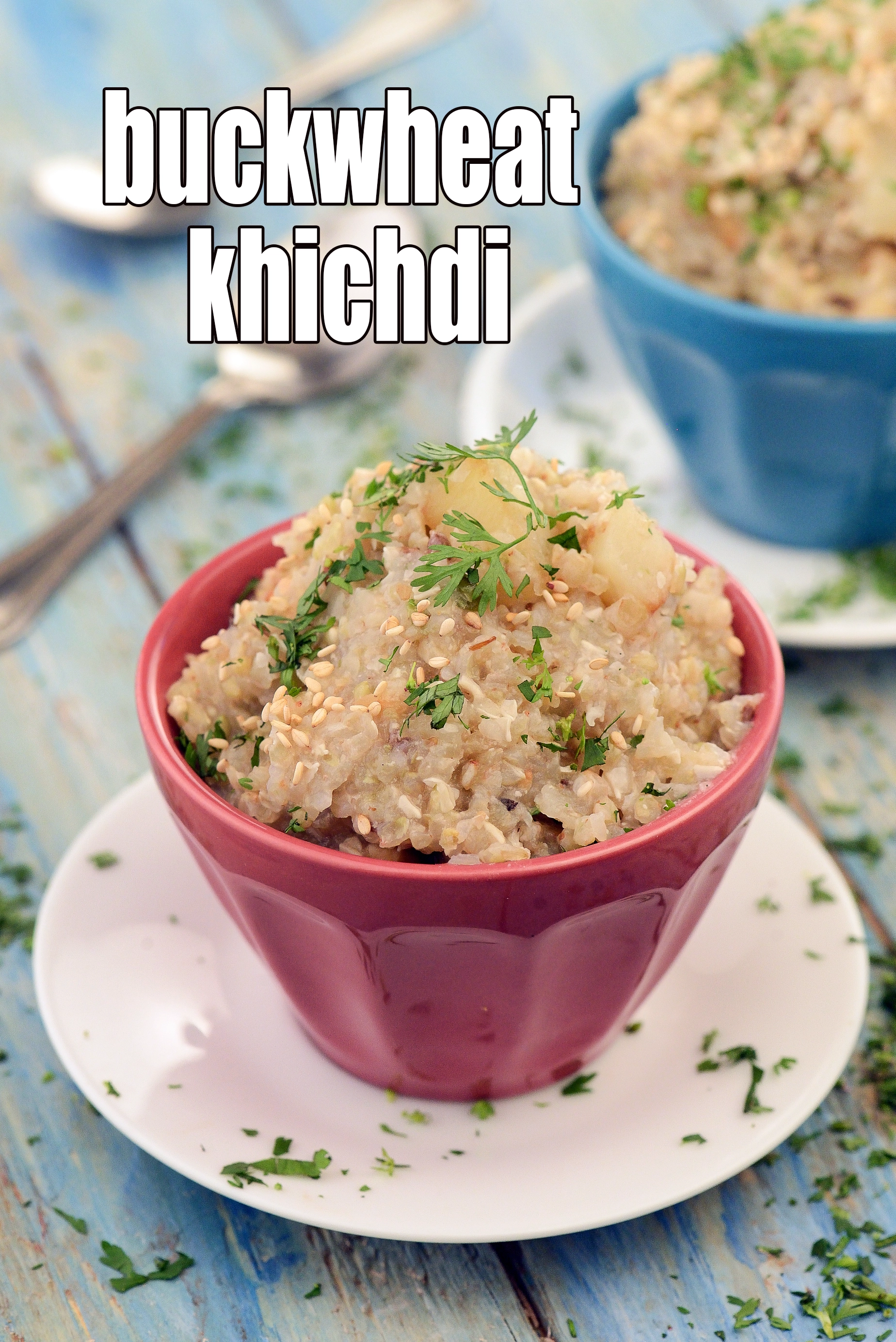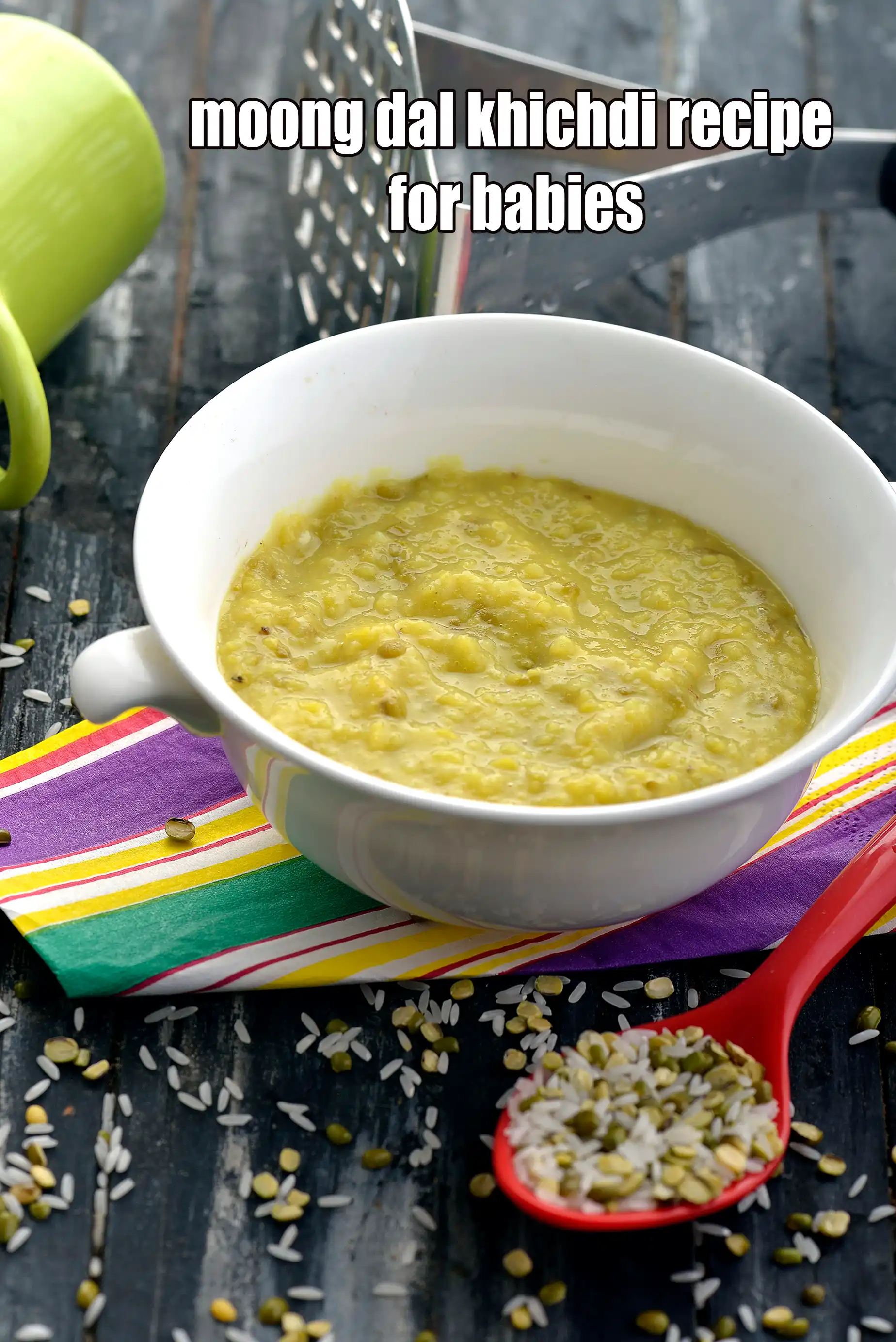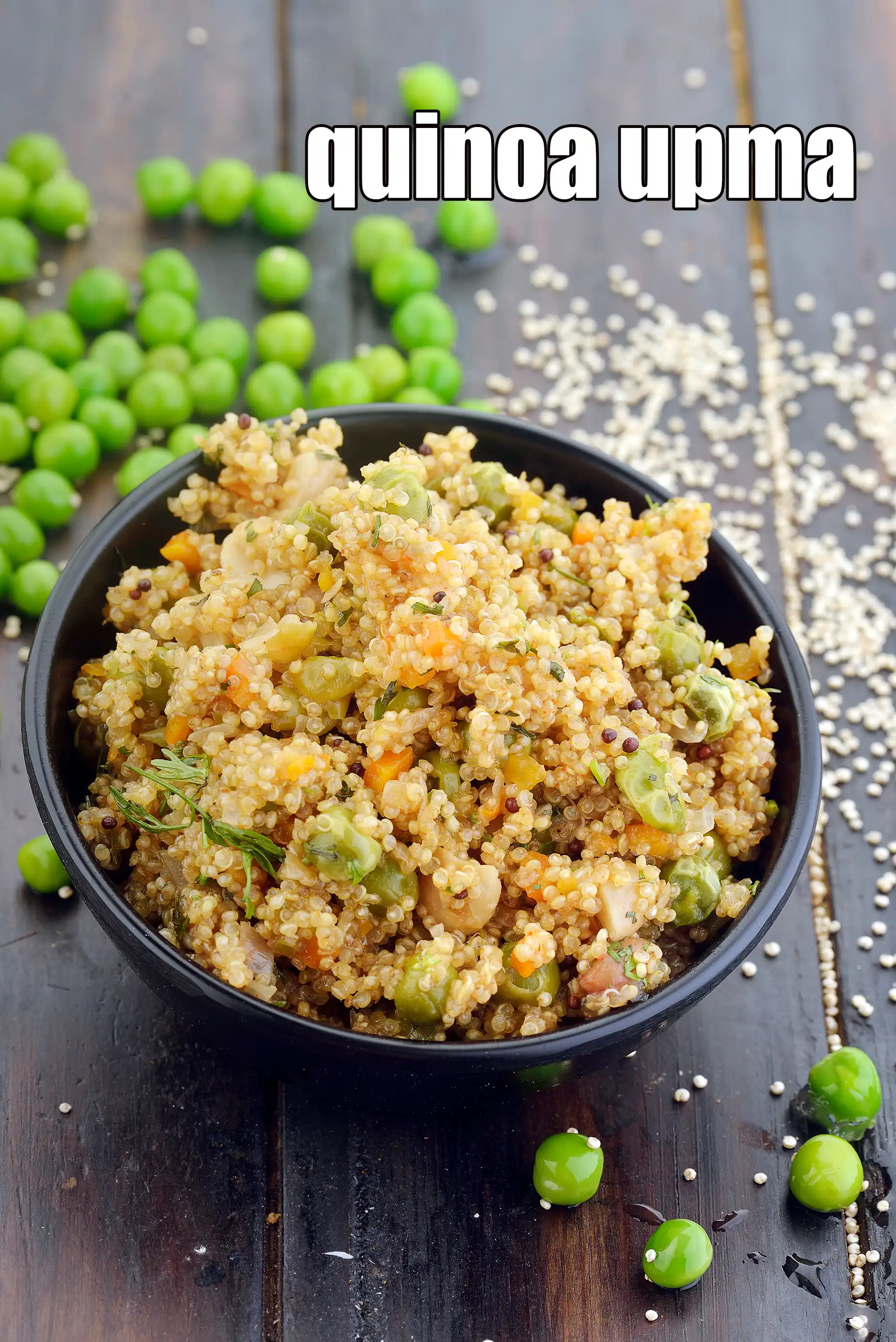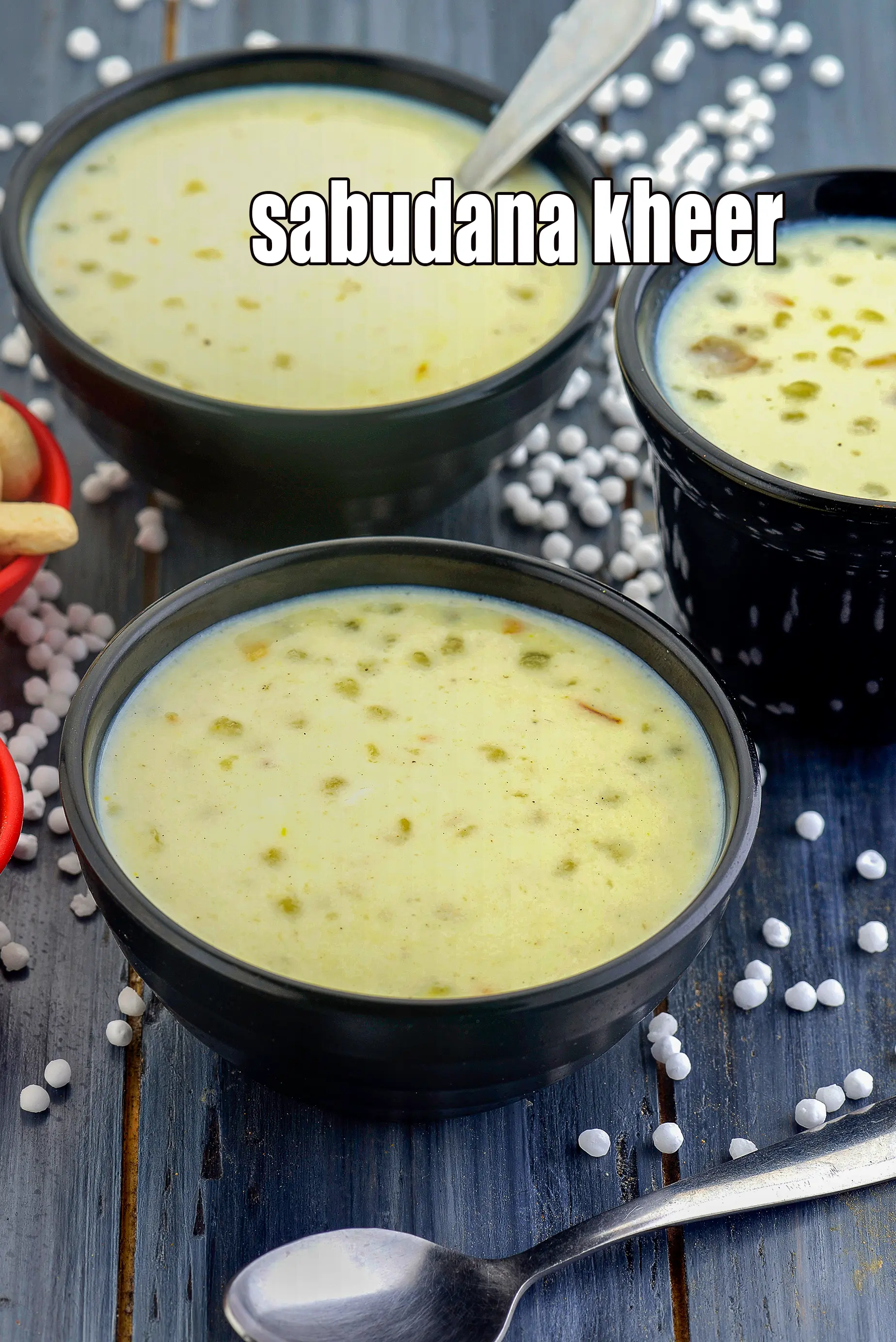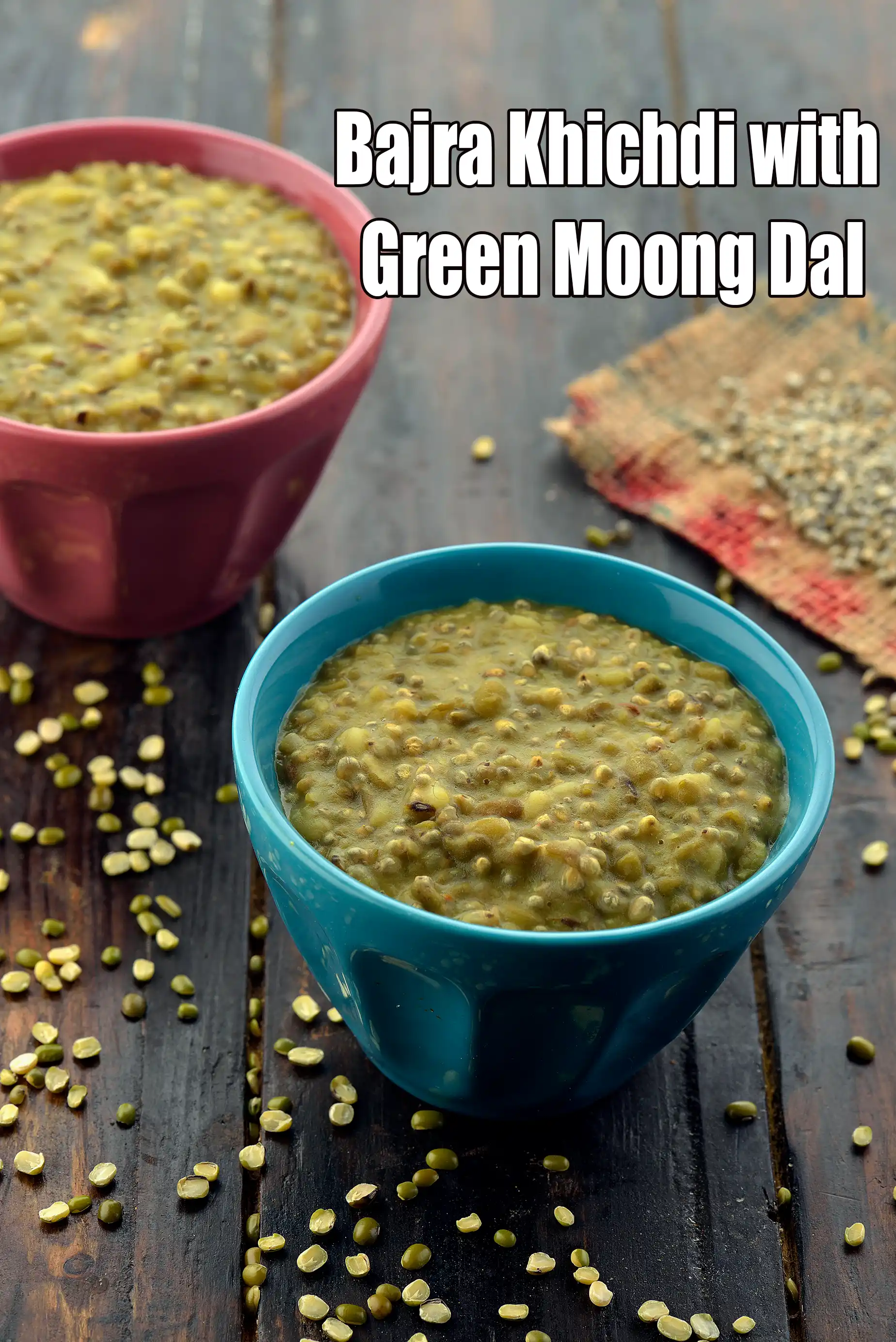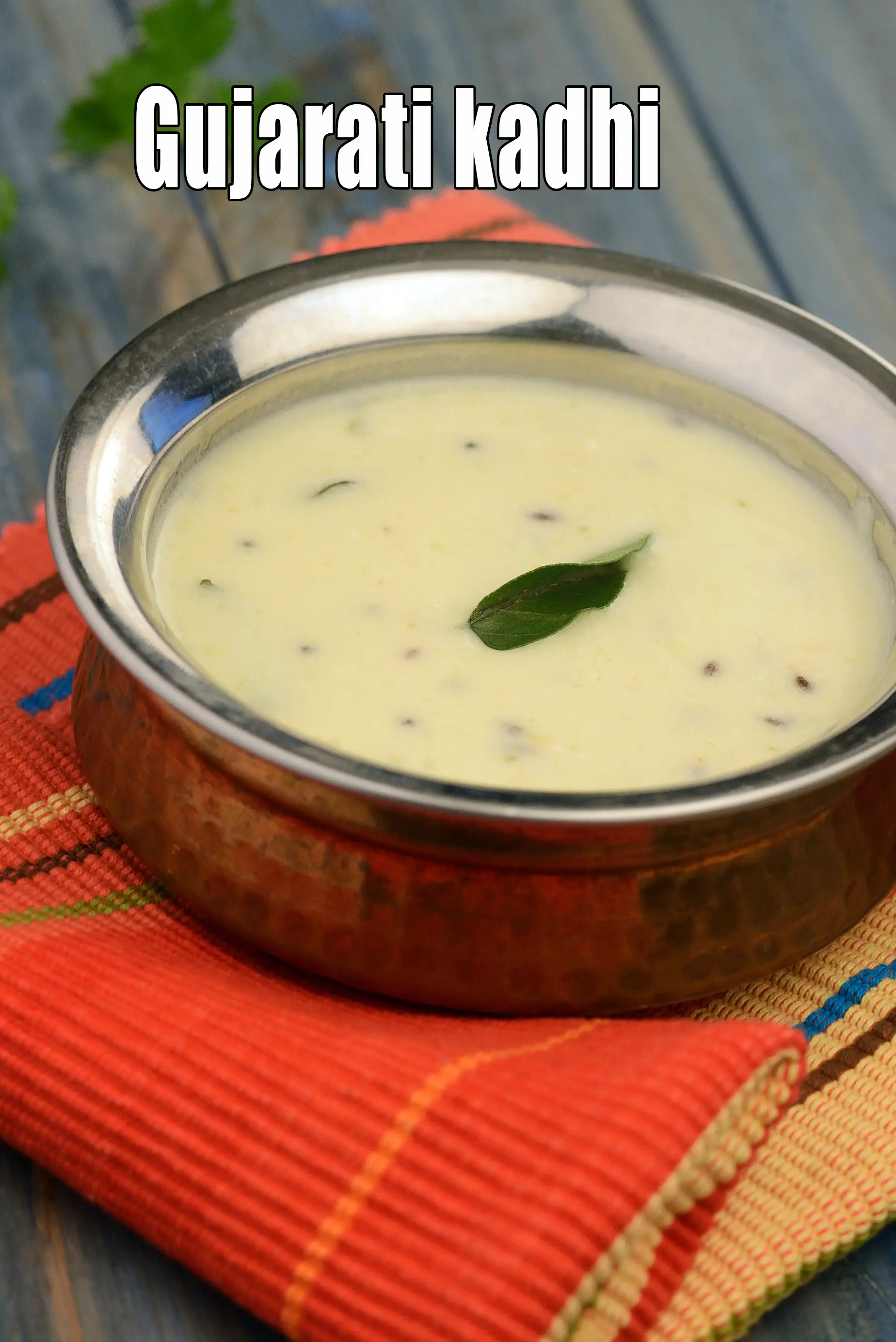You are here: Home> Cuisine > Indian Veg Recipes > Jain > Jain Paryushan > Palak Bajra Khichdi
palak bajra khichdi recipe | bajra moong dal khichdi | healthy bajra khichdi for weight loss |

Tarla Dalal
25 June, 2020
Table of Content
palak bajra khichdi recipe | bajra moong dal khichdi | healthy bajra khichdi | with 20 amazing images.
Stuffed to the core with iron, this palak bajra khichdi is a treat for elders and the children in the family! Bajra itself is a very good source of iron… It has further been enriched with iron by combining it with moong dal and spinach. This bajra moong dal khichdi is a real treat to overcome anemia.
Remember to soak the bajra well in advance, else cooking it would be difficult. Also, if serving to senior citizens who have a problem in chewing, then pressure cook the healthy bajra khichadi for 6 to 7 whistles. This will make the bajra very soft.
4 whistles as mentioned in the recipe, bestows this palak bajra khichdi slight but perfectly cooked crunchiness of bajra, which kids and adults would love to indulge into.
Notes on palak bajra khichdi recipe. 1. Millets like bajra and nachni keep our system warm and are good to consume during winters as they help in absorbing the nutrients and build muscle tissue. 2. All the ingredients in this Palak Bajra Khichdi have been wisely chosen – bajra, moong dal and spinach. They make the khichdi iron rich. 4.1 g or iron is what you can stock up on by way of 1 serving of this khichdi. This is about 20% of your day’s requirement.
Try other iron rich recipes like Mini Jowar Uttapam and Nachni Sesame Khakhra.
Enjoy how to make palak bajra khichdi recipe | bajra moong dal khichdi | healthy bajra khichdi | with detailed step by step photos below.
Tags
Soaking Time
8 hours
Preparation Time
5 Mins
Cooking Time
30 Mins
Baking Time
0 Mins
Baking Temperature
0
Sprouting Time
0
Total Time
35 Mins
Makes
3 servings
Ingredients
For Palak Bajra Khichdi
1/2 cup whole bajra (black millet)
1/2 cup yellow moong dal (split yellow gram) , washed and drained
1 cup chopped spinach (palak)
2 tsp ghee
salt to taste
1 tsp cumin seeds (jeera)
a pinch of asafoetida (hing)
1/4 tsp turmeric powder (haldi)
Method
For palak bajra khichdi
- To make palak bajra khichdi , soak the bajra in enough water for 8 hours. Drain.
- Wash the yellow moong dal 2 to 3 times under running water and keep aside.
- In a pressure cooker add the soaked bajra, yellow moong dal, salt and 2 cups of water, mix well and pressure cook for 4 whistles.
- Allow the steam to escape before opening the lid.
- Heat the ghee in a deep non-stick pan, add the cumin seeds.
- When the seeds crackle, add the asafoetida and turmeric powder and sauté on a medium flame for a few seconds.
- Add the spinach, mix well and cook on a medium flame for 2 to 3 minutes.
- Add the cooked bajra-yellow moong dal mixture and little salt, mix well and cook on a medium flame for 2 to 3 minutes, while stirring occasionally.
- Serve the palak bajra khichdi hot.
Palak Bajra Khichdi recipe with step by step photos
-
- Like palak bajra khichdi recipe | bajra moong dal khichdi | healthy bajra khichdi | then check our collection of khichdi recipes. The humble collection of khichdi recipes is perhaps the homeliest dish one can think of.
-
- Khichdis normally feature rice or other grains in a mushy or mashed form, along with dals, spices and/ or veggies. There are Khichdi recipes aplenty. They can be a soothing comfort food, or a spicy delicacy, depending on how you choose to make it. However, in most cases, Khichdis are very convenient to make as all the ingredients can be quickly pressure-cooked together. We have a large collection of healthy khichdi's which are not made with rice. A good start is to try this jowar moong dal khichdi recipe.
-
-
To make palak bajra khichdi recipe | bajra moong dal khichdi | healthy bajra khichdi | first in a deep bowl take bajra and rinse it with water 2-3 times.
-1-186151.webp)
![]()
-
Add enough water to submerge the black millet (bajra).
-2-186151.webp)
![]()
-
Cover with a lid and keep aside to soak for 8 hours. If you do not have 8 hours then soak for around 4 hours and then pulse in the mixer few times to loosen out the husk and make a coarse powder.
-3-186151.webp)
![]()
-
The soaked bajra looks like this after 8 hours. Millets like bajra and nachni keep our system warm and are good to consume during winters as they help in absorbing the nutrients and build muscle tissue.
-4-186151.webp)
![]()
-
Drain it using a strainer. Keep aside.
-5-186151.webp)
![]()
-
Take yellow moong dal in a strainer. Wash it 2-3 times under running water. Drain it using a strainer. Keep aside.
-7-186151.webp)
![]()
-
To make palak bajra khichdi recipe | bajra moong dal khichdi | healthy bajra khichdi | first in a deep bowl take bajra and rinse it with water 2-3 times.
-
-
For the palak bajra khichdi recipe | bajra moong dal khichdi | healthy bajra khichdi | in a pressure cooker add the soaked bajra.
-1-186152.webp)
![]()
-
Add the moong dal.
-2-186152.webp)
![]()
-
Add the salt.
-3-186152.webp)
![]()
-
Add 2 cups of water in the pressure cooker.
-4-186152.webp)
![]()
-
Mix well using a spoon.
-5-186152.webp)
![]()
-
For the palak bajra khichdi recipe | bajra moong dal khichdi | healthy bajra khichdi | in a pressure cooker add the soaked bajra.
-6-186152.webp)
![]()
-
For the palak bajra khichdi recipe | bajra moong dal khichdi | healthy bajra khichdi | in a pressure cooker add the soaked bajra.
-
-
For the tadka for palak bajra khichdi recipe | bajra moong dal khichdi | healthy bajra khichdi | heat the ghee in a deep non-stick pan.
-1-186153.webp)
![]()
-
Once the ghee is hot, add the cumin seeds.
-2-186153.webp)
![]()
-
When the seeds crackle, add the asafoetida and turmeric powder.
-3-186153.webp)
![]()
-
Sauté on a medium flame for a few seconds.
-4-186153.webp)
![]()
-
Add the spinach, mix well and cook on a medium flame for 2 minutes, while stirring occasionally.
-5-186153.webp)
![]()
-
Add the cooked bajra-yellow moong dal mixture
-6-186153.webp)
![]()
-
Add little salt.
-7-186153.webp)
![]()
-
Mix well and cook the Palak Bajra Khichdi on a medium flame for 2 to 3 minutes, while stirring occasionally. Remember we have added salt before while cooking the khichdi.
-8-186153.webp)
![]()
-
Serve the palak bajra khichdi | bajra moong dal khichdi | healthy bajra khichdi | hot.
-9-186153.webp)
![]()
-
For the tadka for palak bajra khichdi recipe | bajra moong dal khichdi | healthy bajra khichdi | heat the ghee in a deep non-stick pan.
-
-
Palak Bajra Khichdi to overcome Anaemia. Khichdi is a comfort food for some, but on the other hand it features as a nourishing treat for the health conscious. Here it serves both the purpose. All the ingredients in this Palak Bajra Khichdi have been wisely chosen – bajra, moong dal and spinach. They make the khichdi iron rich. 4.1 g or iron is what you can stock up on by way of 1 serving of this khichdi. This is about 20% of your day’s requirement. Go ahead and try it…. It’s very simple to make…. A wise suggestion would be eat it this Palak Bajra Khichdi immediately without curds, kadhi or raita. The reason is that dairy products are a good source of calcium and they hinder calcium absorption.
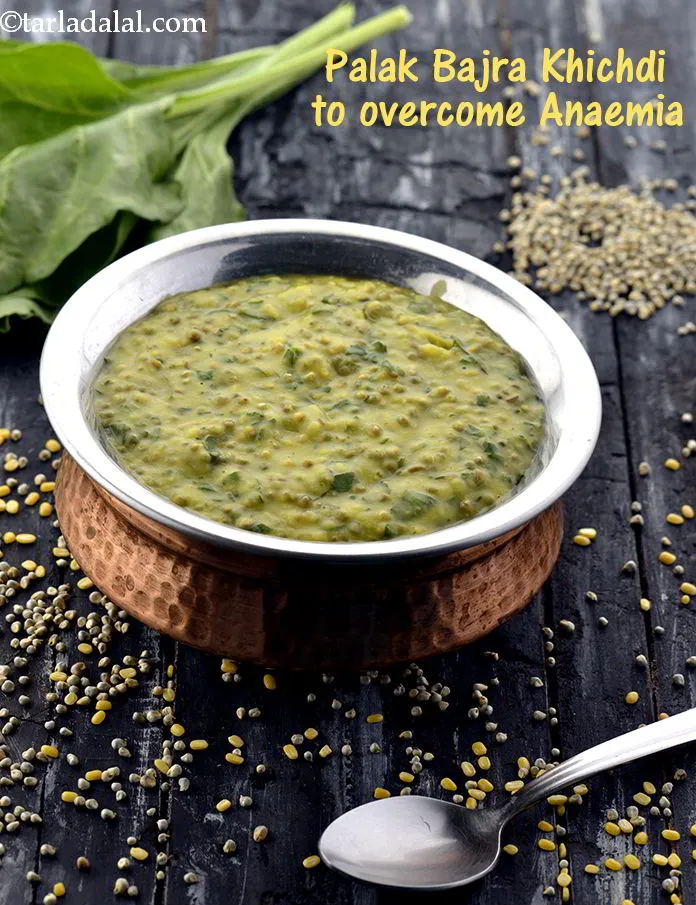
![]()
-
Palak Bajra Khichdi to overcome Anaemia. Khichdi is a comfort food for some, but on the other hand it features as a nourishing treat for the health conscious. Here it serves both the purpose. All the ingredients in this Palak Bajra Khichdi have been wisely chosen – bajra, moong dal and spinach. They make the khichdi iron rich. 4.1 g or iron is what you can stock up on by way of 1 serving of this khichdi. This is about 20% of your day’s requirement. Go ahead and try it…. It’s very simple to make…. A wise suggestion would be eat it this Palak Bajra Khichdi immediately without curds, kadhi or raita. The reason is that dairy products are a good source of calcium and they hinder calcium absorption.
-
-
Palak Bajra Khichdi is rich in Folic Acid, Vitamin B1, Vitamin A, Fiber, Magnesium, Protein, Iron.
- Folic Acid (Vitamin B9): Folic acid is an essential vitamin required throughout pregnancy. Folic acid rich Indian foods (kabuli chana, chana dal, yellow moong dal, urad dal, tooval dal, til ) 43% of RDA.
- Vitamin B1 (Thiamine) : Vitamin B1 protects nerves, helps in carbohydrate metabolism, prevents heart diseases and helps produce red blood cells. 30% of RDA.
- Vitamin A rich recipes, Beta Carotene : Vitamin A is crucial for healthy vision, cell growth and healthy skin. Sources of vitamin A include yellow-orange fruits and vegetables like carrots, mango, papaya, peach, tomatoes, pumpkin etc. and other vegetables like spinach, kale, fenugreek leaves, broccoli, capsicum etc. 28% of RDA.
- Fiber : Dietary fiber reduces the risk of heart disease, prevents the spike in blood sugar levels and hence super for diabetics. Consume more fruits, vegetables, moong, oats, matki, whole grains. 25% of RDA.
- Magnesium : Magnesium is required for formation of bones and teeth. It helps in the metabolism of calcium and potassium. % of RDA. magnesium rich Indian foods like leafy vegetables (palak, broccoli, kale), pulses ( rajma, chawli, moong ), nuts (walnuts, almonds) , cereals ( jowar, bajra, whole wheat flour, dalia). 25% of RDA.
- Protein : Protein is required for managing the wear and tear of all cells of the body. Have protein rich Indian foods like paneer, curd, Greek yoghurt, tofu, almonds, sprouts, chana, rajma, chick peas, quinoa, buckwheat ). 21% of RDA.
- Iron : Iron is essential in the chemical reactions that produce energy from foods. Eat more greens and garden cress seeds to prevent you from being anaemic. Here are the top 7 sources of iron rich foods. 20% of RDA.
-
Palak Bajra Khichdi is rich in Folic Acid, Vitamin B1, Vitamin A, Fiber, Magnesium, Protein, Iron.
Nutrient values (Abbrv)per plate
| Energy | 249 cal |
| Protein | 11.8 g |
| Carbohydrates | 38.8 g |
| Fiber | 6.4 g |
| Fat | 5.2 g |
| Cholesterol | 0 mg |
| Sodium | 25.4 mg |
Click here to view Calories for Palak Bajra Khichdi
The Nutrient info is complete

Chandrika sanghvi
Nov. 11, 2021, 7 p.m.
Sorry to say but palak cannot be used by jains.... N during paryushan it''s a strict no... Even the dry fruits n fruits??

Tarla Dalal
Nov. 11, 2021, 7 p.m.
Dear Chandrika Most jains don''t prefer green leafy vegetables during monsoon - that''s correct. So please avoid making this recipe during monsoon and paryushan.

Foodie #697935
Nov. 9, 2020, 10:40 a.m.
wow

Anoop Kartha
May 5, 2020, 10:48 a.m.
I tried this recipe...instead of Palak, I used Arai Keerai, which is widely available in Chennai.. Cooked the spinach & made a paste before mixing it with along with kitchdi...With a scoop of clarified butter, this is heavenly...thanks for the recipe.

Tarla Dalal
May 5, 2020, 10:48 a.m.
Thank you for your kind words. Please keep trying more recipes and sharing your comments with us.
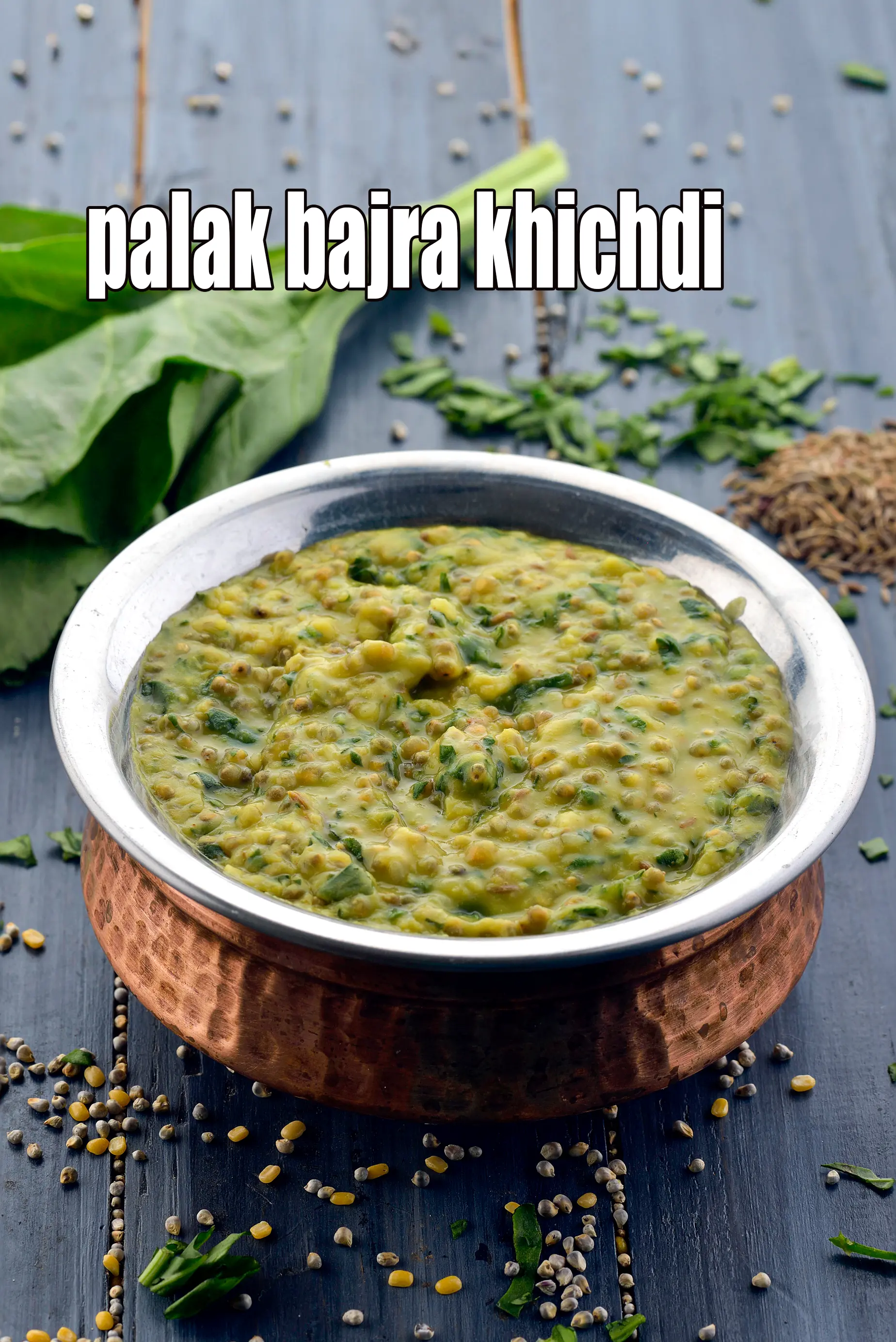







-15455.webp)



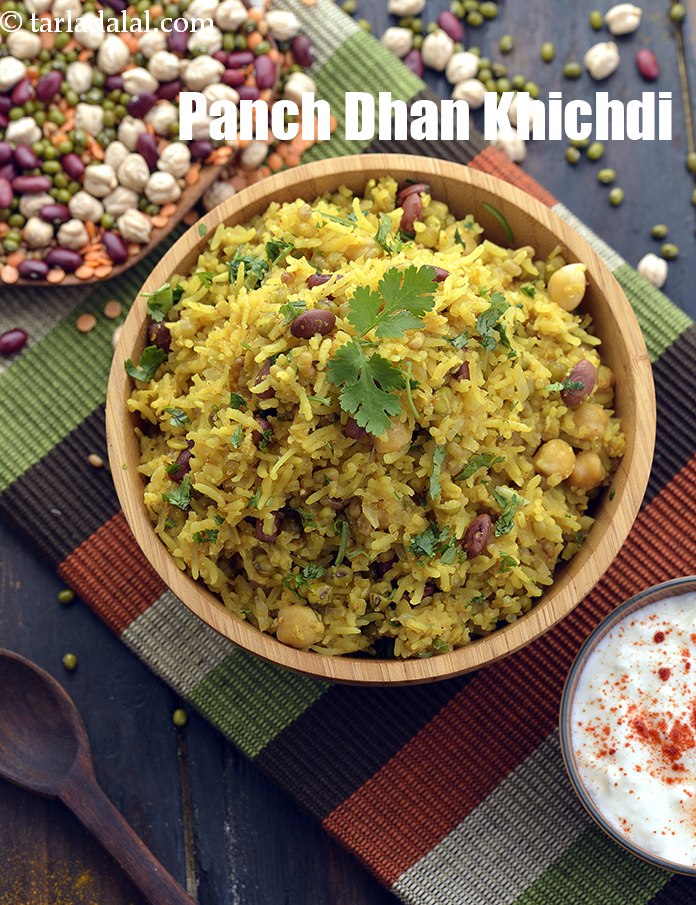
-8092.webp)

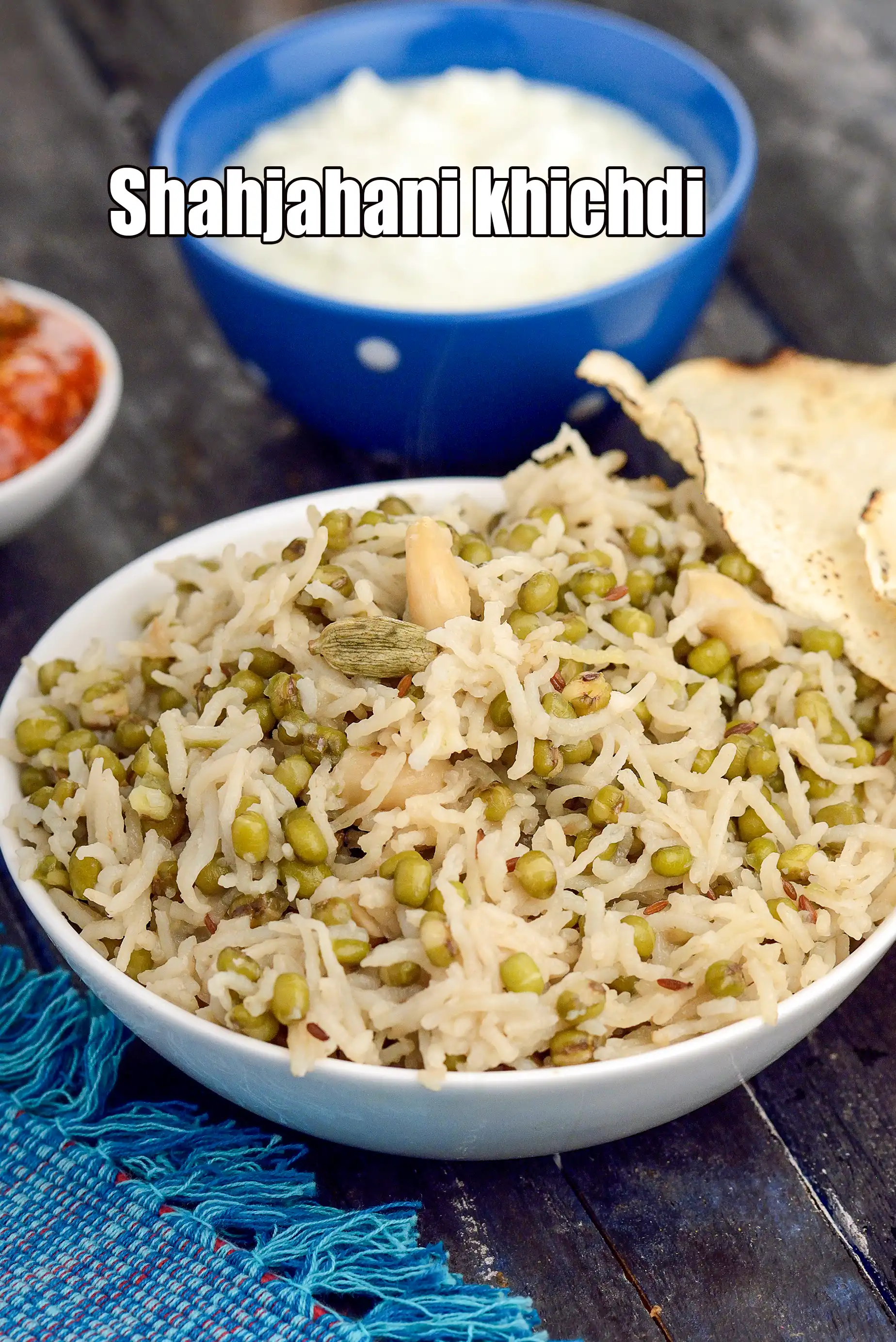

-1649.webp)



-8867.webp)
